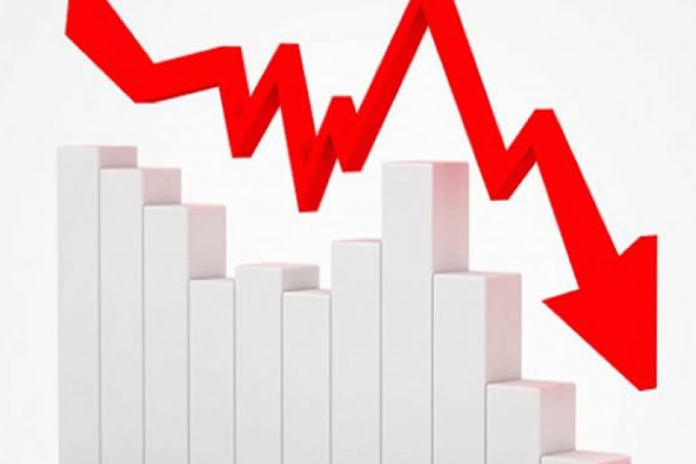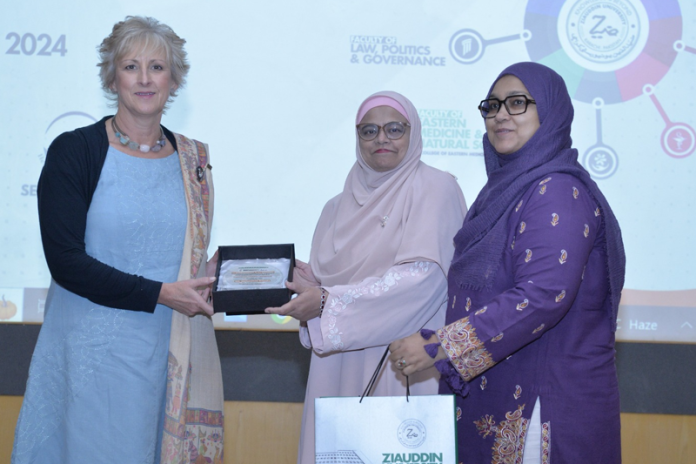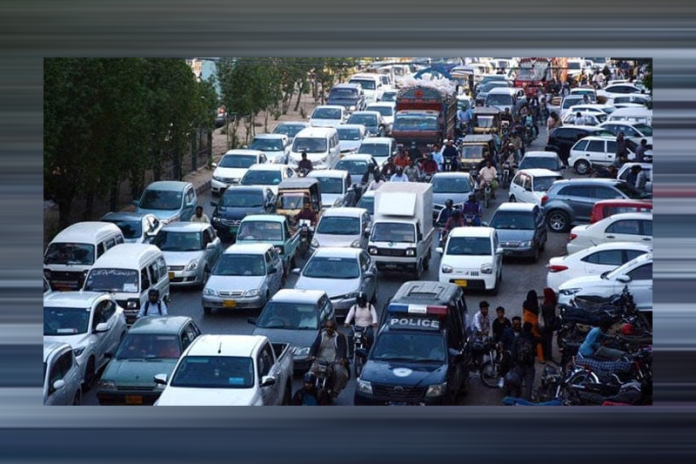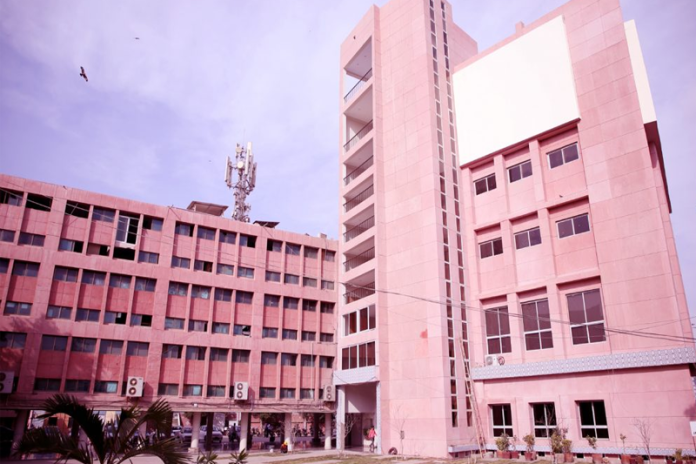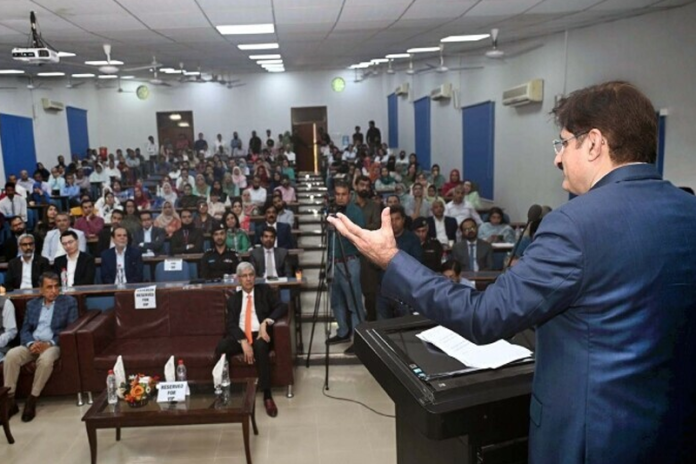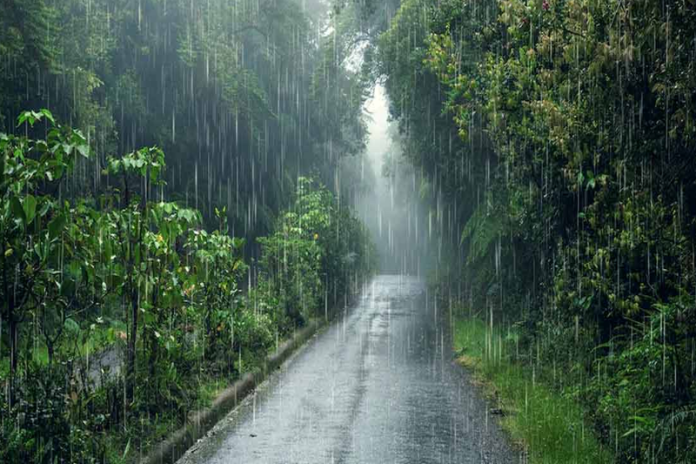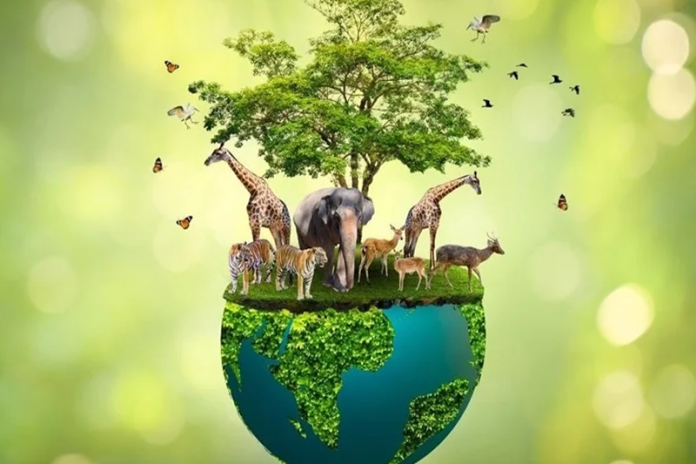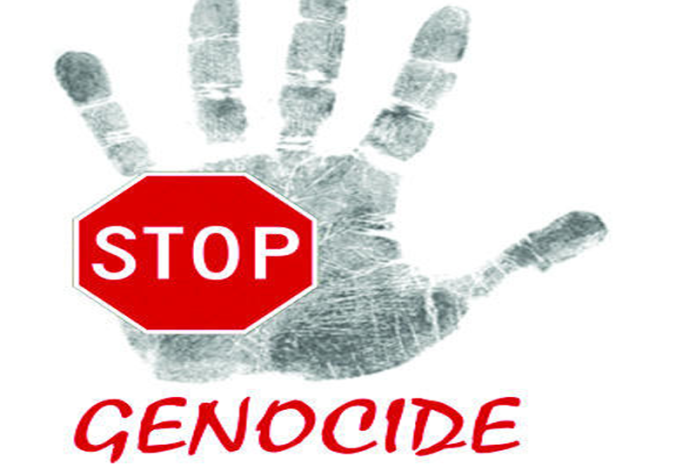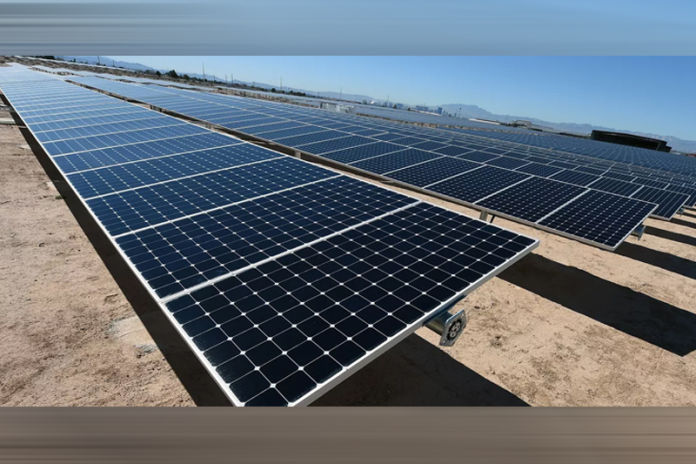Unveiling the Earth's Tremors: Understanding Earthquakes and Tectonic Plates
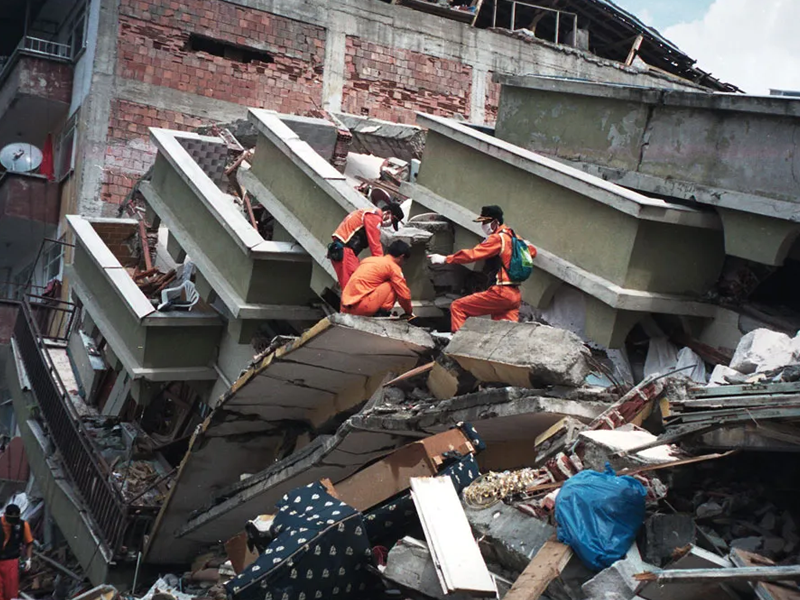
- 225
- 0
Introduction:
Earthquakes, a natural phenomenon that has shaped the Earth's surface for millions of years, continue to captivate both scientists and the public alike. These seismic events are intricately linked to the movement of tectonic plates, the colossal puzzle pieces that make up the Earth's outer shell. In this article, we will delve into the fascinating world of earthquakes, exploring their origins, the role of tectonic plates, and the impact these geological processes have on our planet.
Tectonic Plates and Earth's Dynamic Crust:
The Earth's outer layer, known as the lithosphere, is divided into several large and small pieces called tectonic plates. These plates are in constant motion, albeit at a slow pace, driven by the intense heat generated from the Earth's interior. The boundaries where these plates meet are dynamic zones that exhibit various geological activities, including earthquakes, volcanic eruptions, and the creation of mountain ranges.
Types of Plate Boundaries:
There are three main types of plate boundaries that influence seismic activity: divergent, convergent, and transform boundaries.
- Divergent Boundaries: At divergent boundaries, tectonic plates move away from each other. As they separate, magma rises from the mantle, solidifies, and forms new crust. This process often occurs along mid-ocean ridges, resulting in underwater volcanic activity.
- Convergent Boundaries: Convergent boundaries involve tectonic plates colliding or moving toward each other. In these zones, one plate may be forced beneath another in a process known as subduction. The immense pressure and friction generated at convergent boundaries can lead to powerful earthquakes and volcanic eruptions.
- Transform Boundaries: Transform boundaries occur when tectonic plates slide past each other horizontally. The friction along these boundaries can cause sudden jerks and movements, leading to earthquakes. The San Andreas Fault in California is a well-known example of a transform boundary.
The Earthquake Mechanism:
Earthquakes occur when accumulated stress along faults or plate boundaries is released suddenly. This release of energy generates seismic waves that travel through the Earth, causing the ground to shake. The point on the Earth's surface directly above where the earthquake originates is called the epicenter.
Measuring Earthquakes:
Scientists use seismometers to measure the intensity and magnitude of earthquakes. The Richter scale and the moment magnitude scale (Mw) are commonly used to quantify the size of an earthquake. The higher the magnitude, the more energy is released, and the greater the potential for damage.
Impact on Human Civilization:
While earthquakes are natural geological processes, they can have significant impacts on human civilization. The destruction caused by powerful earthquakes includes ground shaking, surface rupture, and secondary effects such as tsunamis and landslides. Understanding the geological forces at play is crucial for implementing effective strategies to mitigate the risks associated with seismic activities.
Conclusion:
Earthquakes and the movements of tectonic plates are fundamental processes that shape the Earth's dynamic landscape. While these natural phenomena pose challenges to human societies, advancements in scientific understanding and technology enable us to better comprehend and prepare for the seismic events that have been an integral part of our planet's history. Through ongoing research and vigilance, we can strive to create resilient communities that coexist with the Earth's ever-changing geological forces.
Published in The Daily National Courier, January, 13 2024
Like Business on Facebook, follow @DailyNCourier on Twitter to stay informed and join in the conversation.












